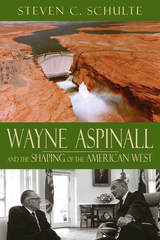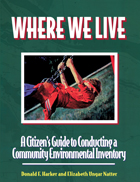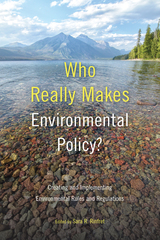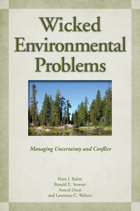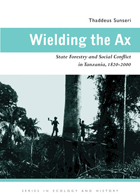The Great Lakes Forest: An Environmental and Social History
University of Minnesota Press, 1983
Paper: 978-0-8166-6860-1
See other books on: Environmental | Essays | Nature | Social History
See other titles from University of Minnesota Press
Paper: 978-0-8166-6860-1
ABOUT THIS BOOK
ABOUT THIS BOOK
The Great Lakes Forest was first published in 1983.The upper Great Lakes region is an area with a common natural and human history in which the forest has been a prime factor. Known as the Laurentian Mixed Forest in the United States (it is a mix of coniferous and deciduous trees) and the Great Lakes-St. Lawrence Forest in Canada, it was subject to massive exploitation in the second half of the nineteenth century, when loggers cleared the forest’s pines to build the railroads, farms, and cities of the Middle West. Another distinctive trait of the region is the fact that it lies north of the effective limits of agriculture. Generations of native Woodland Indians adapted to life in the forest, but the failure of white settlers to understand the area’s agricultural limitations resulted in decades of wrenching social and institutional adjustment in the twentieth century.The 18 papers in this book were written in an effort to understand the relation between social and environmental change in the Great Lakes forest, a region that includes northern Michigan, Wisconsin and Minnesota and adjacent parts of Ontario. Contributors from the biological and social sciences, the humanities, and the management professions view the forest as a dynamic ecosystem that includes people, with their attitudes and institutions, as well as forest vegetation, waters, and wildlife. This multidisciplinary approach provides fresh and provocative insights into the history of the region.An introductory chapter by Susan Flader explores the concept of the dynamic ecosystem, contrasting it with earlier notions of human-environmental relations and showing how the concept serves as the book’s organizing principles. The first if five major sections describes the Great Lakes forest from the perspective of the biological sciences and examines processes of change in vegetation and wildlife over time. These authors agree that human disturbance of the forest has had irreversible effects that now lock us into continued management in order to avoid even more costly and destructive changes in the ecosystem. Papers in the second section deal with the relationship of the Menominee Indians of Wisconsin to their forest homeland. The Indians have tenaciously protected this forest from dismemberment and exploitative logging, and today it remains the largest block of old-growth timber in the Lake States.The economic, social, and public policy implications of the logging era and its aftermath are examined in a section which also points to the contrast between land-use and resource policy in the U.S. and Canadian portions of the forest. “Status and Prospects” looks at present and future land use in the forest, and a final section, “Perceptions and Values,” is a fascinating evaluation of human attitudes towards the forest.The Great Lakes Forest is published in association with the Forest History Society.
See other books on: Environmental | Essays | Nature | Social History
See other titles from University of Minnesota Press

